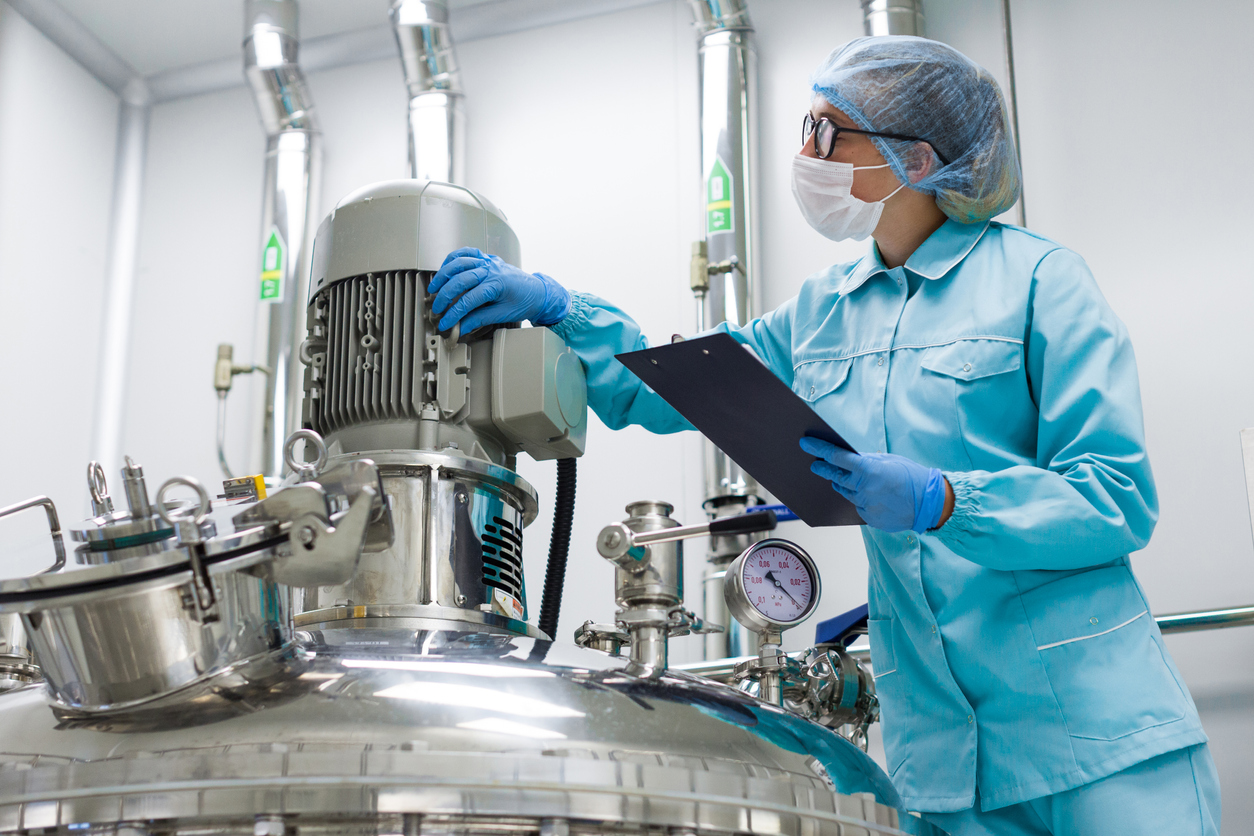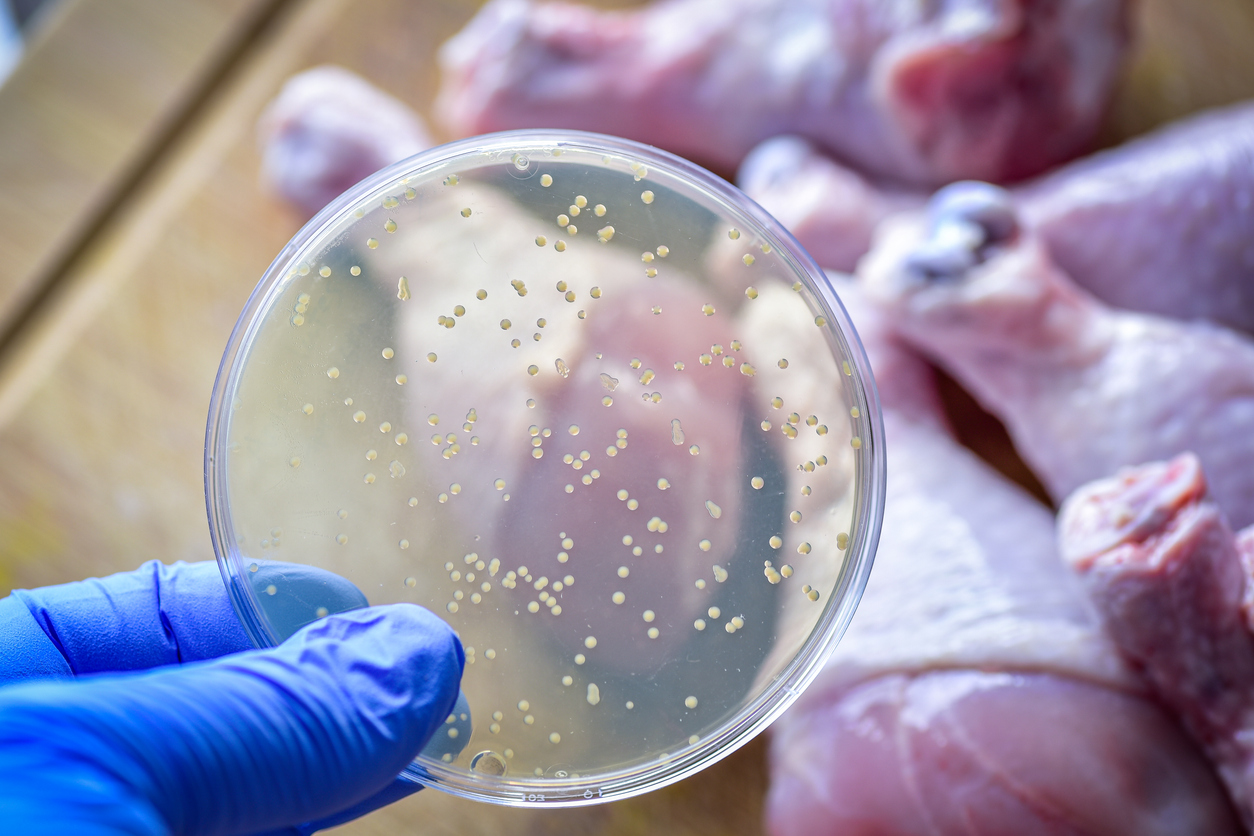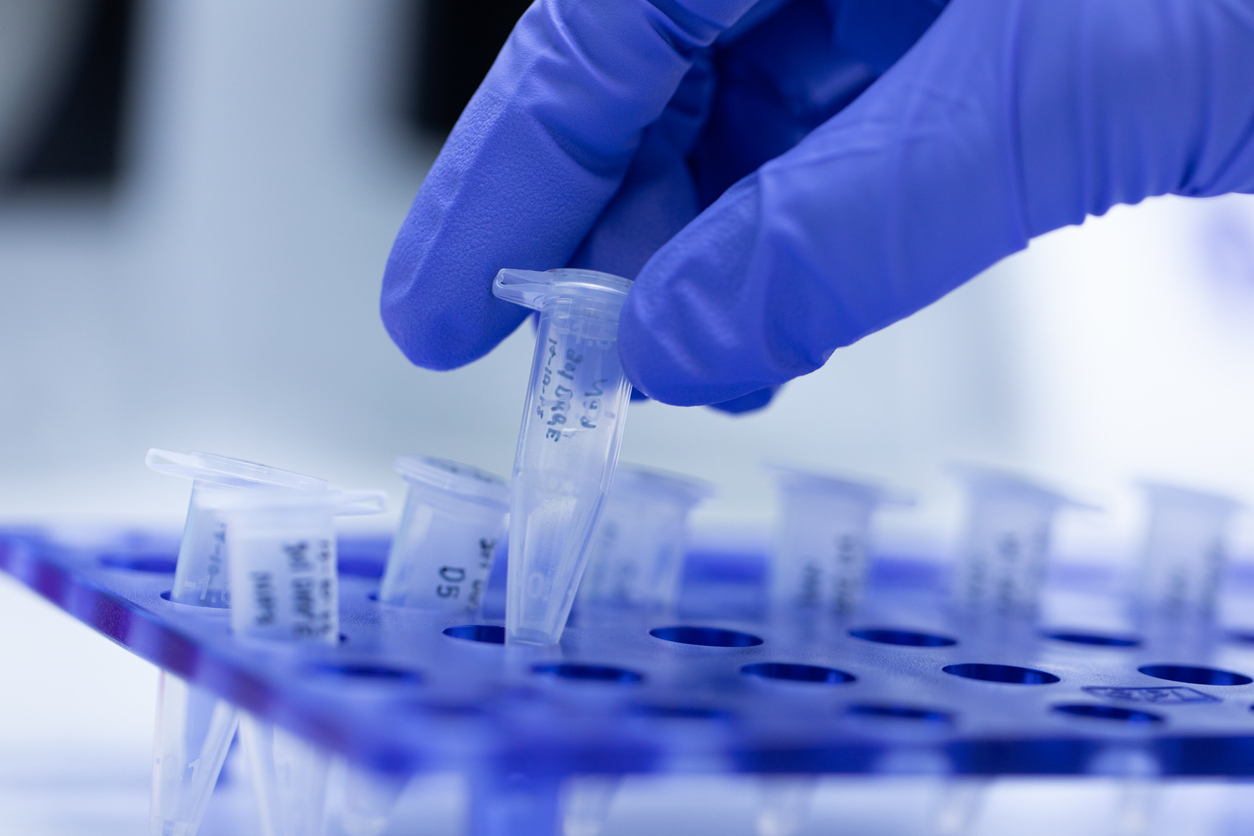Why are certain species of bacteria are so pervasive and often identified as the culprits of sterility issues? In this article, we're going to explore a handful of common bioreactors and cleanroom organisms in terms of why they are able to proliferate and persist despite thorough Quality by Design (QbD) developed methods of production.
QbD and its role in quality control
The goal of QbD is to strategically plan, organise and implement a drug manufacturing process that culminates in defined results for quality, potency and purity, based on well-described objectives, continuous improvement and proper risk mitigation. The concept of QbD was originally termed in the 1970s by Joseph Juran, who is widely regarded as the founding father of many of the key quality management programmes used by organisations today. It didn't gain traction in the manufacture of pharmaceuticals until the 1990s and early 2000s. But QbD has since become the cornerstone for continued improvements in quality control in the manufacture of drug products.

So why do we still see biocontamination events, sterility failures and product recalls due to microbiological contamination? Darwin's Theory of Evolution and survival of the fittest could offer some clues. The Human Condition could also offer some clues. In his analysis of FDA Enforcement Reports (2012-2019), Jimenez, a microbiology professor and Subject Matter Expert in pharmaceutical quality control, estimated that of the 1,056 sterility recalls during this time period, a large majority were due to human error and lack of sterility control.
Not everyone in a cleanroom is a microbiologist, so it is beneficial for all parties involved to understand why certain organisms proliferate and persist when they are supposed to be mitigated and what kinds of damage they can ultimately do to cell cultures, manufacturing operations and, if not caught, patient health. For a great real-world example with significant financial implications, PharMEDium ceased operations in December 2017 due to sterility concerns. The company then spent over $38m on remediation efforts before finally shuttering the entire facility in January 2020.
Common environmental biocontaminants in sterile manufacturing
Burkholderia cepacia complex. No discussion on biopharmaceutical, pharmaceutical, sterile or non-sterile processing is complete without addressing the Burkholderia cepacia complex (BCC). Burkholderia cepacia (B. cepacia) was originally discovered in 1949 by Walter Burkholder as the causative agent of onion rot. It was originally classified as part of the genus Pseudomonas but changed to Burkholderia in the 1990's. BCC has been referenced so often as a source of contamination in sterile and non-sterile manufacturing over the past 20+ years that a whole new USP chapter was published in December 2019 specifically to test for it. The new USP <60> requires manufacturers of non-sterile aqueous solutions to test for the absence of BCC in finished drug products.
While the genus Burkholderia is comprised of over 60 species, only about 20 of those species have been identified as pathogenic to humans, particularly immunocompromised patients and those with cystic fibrosis (CF). These organisms are grouped as a complex because of the difficulty in speciating them. 16s rRNA sequencing is considered the "Gold Standard" when it comes to species identification of bacteria. But the Burkholderia genus is very conserved in the 16s region making it very difficult to separate the complex by species.
The Burkholderia genus is very conserved in the 16s region
BCC is an opportunistic pathogen, and it is not generally harmful to a healthy population. The pathogenicity and transmission of the complex is still not clearly understood, but as far back as 1977, when it was known as Pseudomonas cepacia, it has been isolated in patients with cystic fibrosis (CF). BCC is known to cause a rapid decline in lung function with a high rate of mortality and is also problematic for immunocompromised patients. Additionally, BCC organisms are highly resistant to many antimicrobials making patient treatment particularly challenging.
What makes this organism group so difficult when it comes to cleanrooms is its ability to survive and even proliferate in a variety of harsh conditions. It has been found in a wide array of environments, including soil, water and marine systems. Some strains can tolerate high salinity and it has been found to be very proficient in metabolising oil and organic solvents such as trichloroethylene (TCE). In fact, B. cepacia is often used in the bioremediation of contaminated soil because of its ability to convert TCE to compounds with less environmental impact. Cleanrooms utilise a variety of cleaning agents designed to kill microorganisms and BCC's tolerance to so many chemicals make it very difficult to eradicate. Even more problematically, BCC can survive in water and on surfaces for long periods of time, particularly on respiratory droplets where there is some moisture content.
Ralstonia pickettii. The genus Ralstonia was established in 1995 and only contained one pathogen, Ralstonia pickettii (R. pickettii). Formerly this organism was classified as Pseudomonas pickettii and then Burkholderia pickettii. It has also been implicated in several nosocomial outbreaks over the years with none other than immunocompromised and CF patients.
R. pickettii has a high capacity to form biofilms on plastic pipes
Largely known as a waterborne bacterium, R. pickettii is capable of adapting and surviving in a variety of low nutrient environments with a high capacity to form biofilms on plastic pipes, which can be problematic in single-use facilities where there may be "deadlegs" or areas without a constant flow of fluid. R. pickettii can survive in environments with high metal content as well as environments with high aromatic carbon content, such as TCE. It also eludes many common disinfectants and is a very small organism that can pass through 0.45 and 0.2 mm filters that are commonly used to sterilise medical products.
Pseudomonas aeruginosa. As the grandfather of the aforementioned organisms, it may come as no surprise that Pseudomonas aeruginosa (P. aeruginosa) is ubiquitous in the environment, very nutritionally diverse, prone to biofilm formation, and capable of opportunistic infections in immunocompromised and CF patients. P. aeruginosa has been shown to breakdown polycyclic hydrocarbons and is used in environmental bioremediation efforts, much like Burkholderia cepacia.
All three previously mentioned species, Burkholderia cepacia, Ralstonia pickettii and Pseudomonas aeruginosa, have very similar phenotypes and abilities to adapt and thrive in diverse nutrient rich, nutrient deprived or otherwise harsh environments. It only makes sense that all three species would be among a group of the most common bioreactor or cleanroom contaminants. These organisms can find their way into a cleanroom environment several different ways, including water and raw ingredients, and there are a number of ways they can survive undetected due to their innate ability to become dormant and to adapt to a wide variety of conditions.
Human derived biocontaminants in sterile manufacturing
The microbial flora of people are also common contaminants in cleanrooms and sterile processing. While best efforts are made to teach proper aseptic technique for gowning and gloving procedures, mistakes occur that can introduce skin-related bacteria to a sterile process through shedding or touch. Among the common human borne biocontaminants are: Cutibacterium acnes, Micrococcus luteus, Corynebacterium and Staphylococcus species. Let's review what makes these organisms such a problem.
Cutibacterium acnes. Cutibacterium acnes (C. acnes) is an aerotolerant anaerobe that is part of the normal human skin flora and not generally pathogenic. However, it can be problematic in sterile processing because it is very slow growing and capable of eluding traditional growth-based detection strategies that can take up to 14 days.

Forward processing decisions are made based upon perceived sterility. Organisms with faster growth rates will show themselves as a contaminant much sooner due to a drop in pH, changes in DO, or turbidity in a culture. An organism like C. acnes, however, may not be detectable until after several forward processing steps, causing the unnecessary loss of drug products, which may have been avoidable if contamination was detected sooner.
Staphylococcus species. The genus Staphylococcus is a common skin microorganism that is classified as a facultative anaerobe, meaning it prefers to be in an oxygen-rich environment, but can switch to fermentative respiration under anaerobic conditions, to survive. This can also make it difficult to detect. The most common species in humans are Staphylococcus aureus and Staphylococcus epidermidis. Since Staphylococcus are among the most common skin organisms, they are also one of the most common contaminants in cleanrooms and bioreactors.
In terms of pathogenicity, Staphylococcus are typically only opportunistic pathogens in humans, but are known to be Multidrug Resistant (MDR). Methicillin-resistant Staphylococcus aureus (MRSA) has become increasingly problematic in today's society and has given rise to a variety of research efforts to help stem concerns with antimicrobial resistance across a wide variety of organisms.
Conclusions
The bacteria listed in this article as common contaminants of sterile processing and cleanrooms are not at all exhaustive. There are quite a few other biocontaminants including yeast, fungi and mycoplasma that this article does not touch on that are just as pervasive. In addition, this article does not touch on the issue of viable but non-culturable (VBNC) organisms, which many consider to be a potentially common source of contamination events. What this article does try to underscore is the fact that Darwin was right, and that people are not perfect.

Despite the efforts to build quality into processes, more can be done to account for these two facts. The adoption of more Rapid Microbiology Methods (RMM) for "at-line" broad spectrum bio-contaminant screening to supplement compendial methods and rigorous environmental monitoring can be an effective means of building confidence in forward processing decisions, potentially saving valuable time and resources. Such methods can also be employed to supplement critical testing where traditional growth-based methods are not as effective or efficient. Significant improvements have been made in Nucleic Acid Amplification Technologies (NAAT) such as PCR and Next-Gen Sequencing to improve the limits of detection and the spectrum of organisms that can be rapidly detected at once using small sample sizes and very few hands-on sample preparation steps.
Drug safety has improved tremendously over the years and advancements in sterility control and early microorganism detection will continue as more RMM's continue to be adopted into pharmaceutical manufacturing and cleanrooms.
While we have made great strides in our ability to create and maintain sterile environments, nature's unique ability to evolve, adapt and proliferate in challenging environments and human fallibility will always help drive continued improvements and innovations in science as we strive to develop the Factory of the Future.




